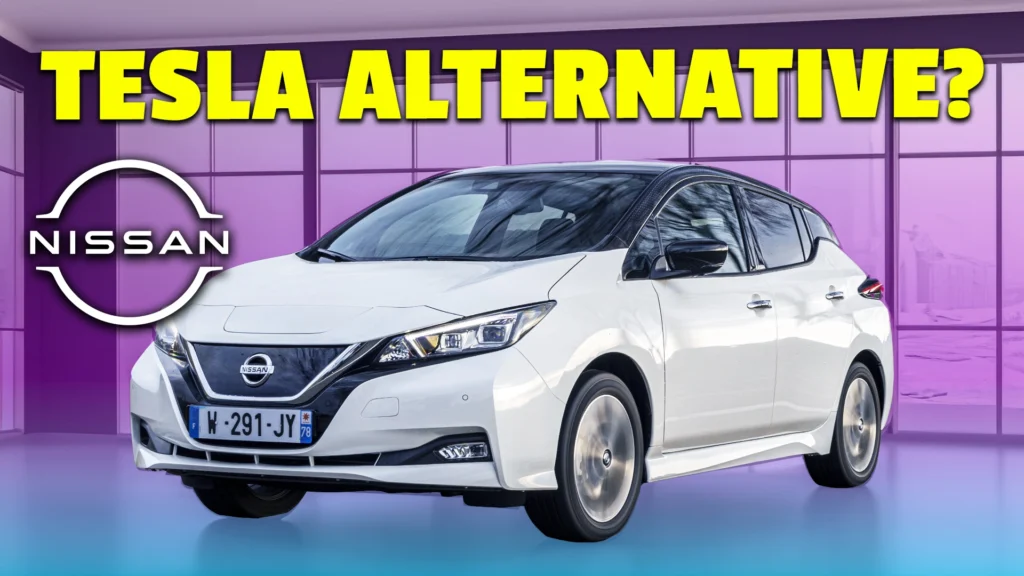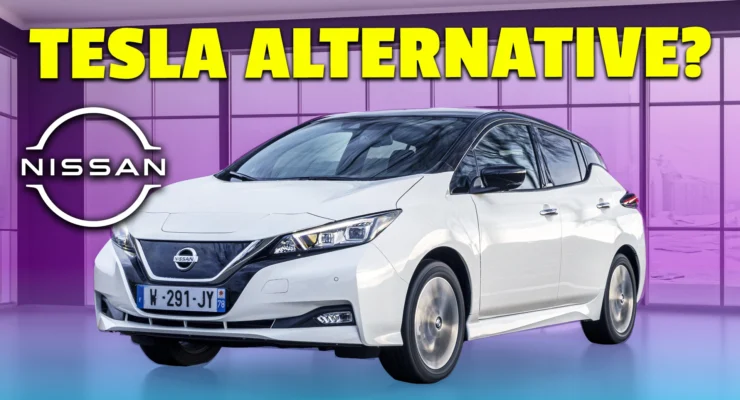
Fast read
The interview discusses the Nissan Leaf EV, its features, charging and costs. It has two battery configurations - 40-kilowatt hour and 62-kilowatt hour with a range of 385 kilometers.
Charge time depends on the charger used; however, overnight home charging is generally sufficient. It can also use solar power. Electric vehicles (EVs) lack a starter motor, instead having a traditional battery for accessory systems. EV maintenance is 40% cheaper than petrol cars due to fewer moving parts.
Despite being more expensive upfront, calculations reveal that the cost difference can be recouped in about four years due to lower running and maintenance costs. Australia's EV market lags behind Europe's due to fewer choices and lack of government subsidies.
Nissan Leaf EV – a solid local option
Markus Lambert: Why do we have such a relatively low penetration of the market with electric cars? Are you a bad sales guy?
Ben Warren: Clearly, I’m gonna have to get another job.
Jono/Markus – introduction: Electric cars, many talk about them. Not so many have them, but one thing’s for sure they are common.
Markus Lambert: I personally don’t know that much about them yet, but I talked to Ben Warren from Nissan, and I must say he knows his stuff. Jono. Listen and learn.
The Nissan Leaf discovered
Ben Warren: So what we have here is the, is the Nissan Leaf. Yes. Um, so there are two different battery configurations of this product. The 40-kilowatt hour we’ve been selling since August 2019. So this is the e-plus. So this is the fresh one. It’s a 62-kilowatt-hour pack.
Markus Lambert: You need what, between 12 and 16 kilowatt hours or so of drive about a hundred km. Is that the right number or what?
Ben Warren: Yeah, it’s probably about that. It depends on the type of driving that you’re going on. How fast and on traffic. Yeah. Which way the wind’s blowing etc. There are buffers built into the vehicle. when you are driving, it’ll progressively give you more and more warnings to let you know that it’s getting dire, right? It starts to pare back some of the energy systems and things. Eventually, you get to the point where it says no more and it’ll go into basically a mode that’ll give you enough time to get off the road. N
But you know, you can’t stop a determined idiot. So the range of the e plus is 385 kilometres, right in the real world. Again, it depends on the driving and things. It’s a combined average, but yeah, 385 is pretty accurate.
Markus Lambert: Let’s say I drive 80 Km a day on average, so how long does it take to charge that car again, to be full?
Ben Warren: Depending on what sort of charger you’re using. But if you’re just plugged into a wall socket at night your 50 to 80 kilometres daily travelling use out of the battery would be replenished by the time you left in the morning. You also can get bigger charges that charge a bit faster.
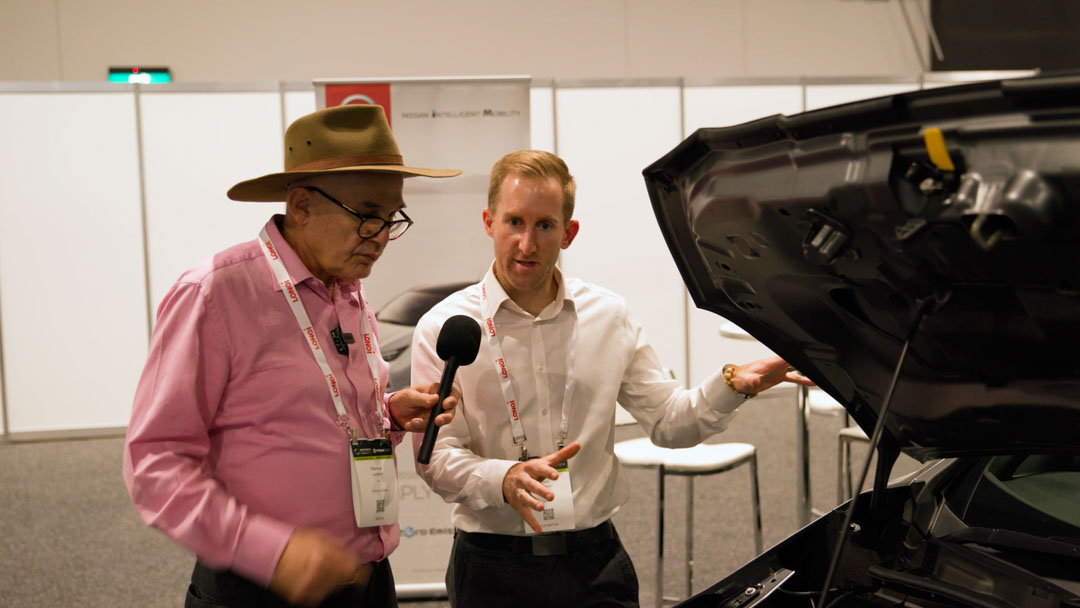
Driving longer distances
Markus Lambert: Now if I decide to go all the way to Wollongong (from Sydney) and drive it around and come back I’m now nearly empty. Let’s say I have a relatively fast charger, when will I have a full battery again?
Ben Warren: If you’ve got a dedicated charging station on the wall of your garage, so let’s say a seven-kilowatt wall box, the Nissan E Plus will be fully recharged in 11 and a half hours.
Markus Lambert: Is there a chance, if I charge it during the day to use my home solar to charge the car?
Ben Warren: Absolutely. And that, and I mean, that’s the ultimate goal because you’re effectively sourcing your energy for free, through the power of the sun.
You can also get charging stations that are a little bit more sophisticated now, that are monitoring what’s happening with your solar panels and will only charge the vehicle with the excess solar, let’s say for example. So the integration of charges back into the home ecosystem is getting stronger and stronger.
Does an EV have a starter motor?
Markus Lambert: (looking under the bonnet) This little battery I suppose that’s for the starter motor, is it? Or what’s the battery for?
Ben Warren: An EV has no starter motor. This is a normal battery and it is powering the accessory system, like door locks, lights, all of those things. And the reason for that is if you were in that example before, driving the car completely flat, how do you put your hazard lights on? How do you unlock the doors?
If you have an accident in the car, the first thing the car does is shut down the high-voltage system. So there are no issues or danger to anyone, but you still need to turn hazard lights on and you still need basic systems, and basic functions. That’s what this battery does.
The electric motor actually is all the way down the bottom, that is what’s connected directly to the wheels. And then above it you’ve got the power delivery modules and inverters and, and all of the power systems and the batteries are more towards the back of the car.
The battery is on the floor of the vehicle. The battery unit starts at the front seat and works through to underneath the back seat. So you’re sitting on the battery pack. It is the base of the vehicle, low to the ground. So the centre of gravity’s really nice.
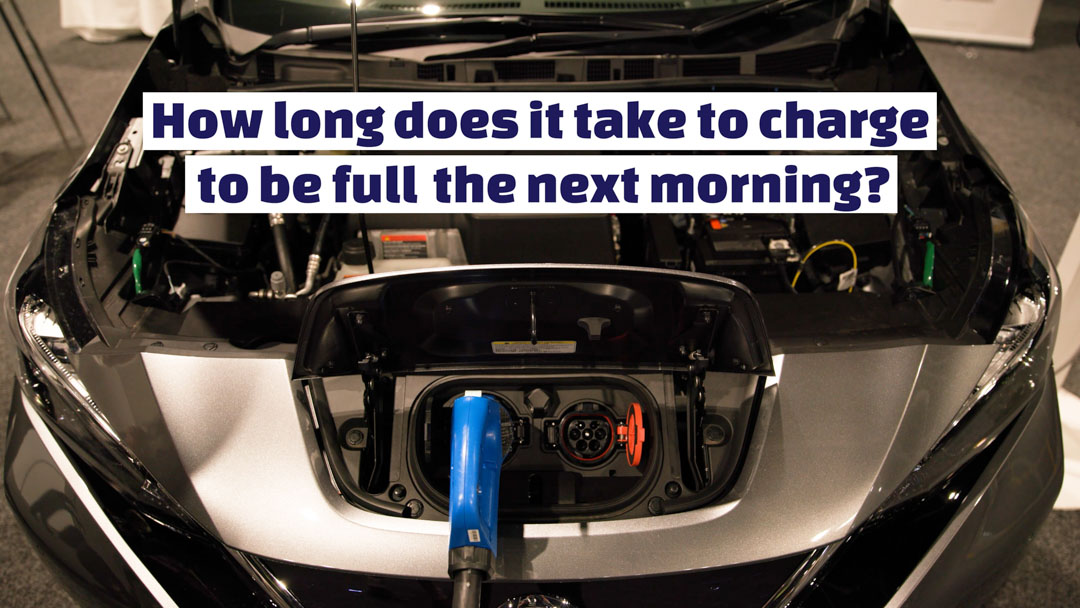
No noise!!!
Markus Lambert: And there’s no noise, is it?
Ben Warren: No noise at all. The most common thing people do when they start an electric vehicle is press the start button. And then they press it again cause they haven’t heard any engine noise, have not felt any vibration. But it’s an electric car. It won’t do that. So when one hits the button, the lights come on the dash and your car is ready to go.
Markus Lambert: Why so far do we have such a relatively low penetration of the market with electric cars? Are you a bad salesperson Warren?
Ben Warren: Yeah. Well clearly (smiling), I’m gonna have to get another job.
If we use some of our European cousins as a benchmark of where they’re at, they’re much further along the journey than we are. They’ve got more cars and that’s off the back of, you know pretty strong Federal Government policy direction. They have targets and market benchmarks, which then set the tone for the rest of the industry.
The challenge is, firstly making sure we get the range of choice in EV cars here. So as a market, Australia becomes somewhat difficult to justify shipping a car around the world, when you can sell it in Europe, and get a host of subsidies, contribute towards targets and things like that.
Markus Lambert: So this little baby here is obviously the more expensive one because it’s got a longer range. What do I have to expect price-wise? I’m sure a lot of people, that’s the first question they ask. How much?
What does the Nissan Leaf cost?
Ben Warren: Absolutely.
Markus Lambert to a spectator who is looking into the conversation: This one is for free because I’m doing the interview – he is paying me for that.
Ben Warren: Yeah – it’s free it’s floor stock (smiling)
So the Leaf with the smaller battery starts at basically 50,000 dollars plus on-road costs – so a total of about 55k. This one here with the bigger battery is a bit more than $60,000 plus on-road costs. So again, about 65,000 dollars drive away. That’s a ballpark. There is a lower price from a maintenance perspective, as there are obviously far fewer moving parts.
So you’re not undertaking oil changes and all the filters and things like that. So the maintenance on electric vehicles is about 40% less than that of an equivalent petrol car. And from a lifetime perspective, the motor itself, there are no serviceable parts in it, so it will last the life of the car. We’ve not had any replacements for electric motors or anything like that.
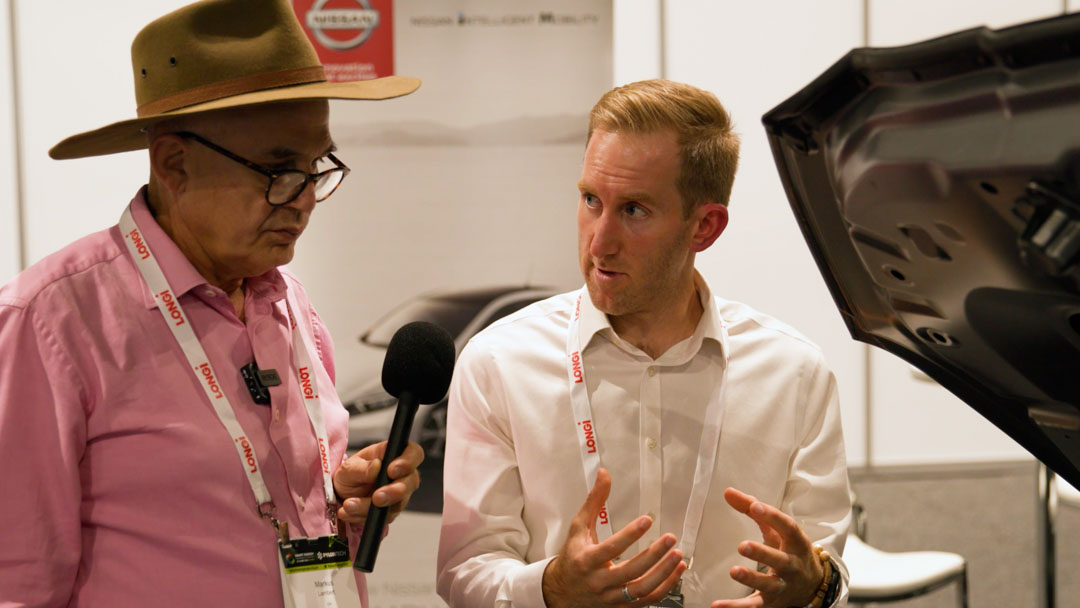
How many km can an electric motor last?
Markus Lambert: What are you saying, can it last three, four, 500,000 km? I mean, there must be an umber, there must be a design life in it.
Ben Warren: I mean, there is, it’s not something that we talk about, right? But you know, like everything, we have a minimum requirement that it needs to hit. It’s hundreds of thousands of kilometres with an EV.
The more kilometres you travel, the faster the payback will be because energy costs less than petrol.
So the more you maximise that servicing interval, the quicker your payback will be.
Markus Lambert: The existing electricity grid, can it cope?
Ben Warren: There are times in the grid today when we’re not using all the capacity. Like in the middle of the day or in the middle of the night. If everyone plugged in and tried to charge their EV at 6:00 PM over a weeknight, then yes, there would be a challenge.
Things like smart charging, and control charging, where utilities can help orchestrate some of that and make sure that charging moves to times we have capacity will be the future. Also, the Nissan Leaf’s battery can actually feed power back and support your house. It can support the grid.
EVs should help the transition of the grid because we want to use the energy when it’s available and give it back when it’s needed. There’s more and more interest, every day in electric cars. You know, typically with all new technologies, some of the barriers are around sort of cost and, and these types of things, but they’re coming down as well.
Markus Lambert: It’s a good-looking car. It looks safe, it looks stylish and quite frankly if you have solar, it could possibly run for literally free.
Ben Warren: What kind of vehicle can slash your petrol bill, and also potentially your power bills and do something for the environment? It’s win, win, win.
Thank you.
Markus and Jono discuss the video
Markus Lambert: I have a huge solar system and I export a lot of that electricity and I only get about 8 cents per kilowatt. So if I would charge the Nissan Leaf with my solar system, it’ll only cost me around $250 a year. So that’s really bargaining, running costs. But what about a petrol car? Well, you think about it.
Let’s say you travel per year 20,000 km, with current petrol prices and a medium car, you’re looking at about $3,600 in petrol per year. Then there is the maintenance, etc on top of it. So maybe another 1,200 dollars. So that’s now $4,800 per year. That’s what it’ll cost you to run a petrol car for 20,000 km.
Jono: So if you pick up a Nissan Leaf with low kilometres for $50,000, but an equivalent petrol car costs you $35,000, you actually pay $15,000 more for the Nissan.
So the question is, can you actually save money with an electric car?
Markus Lambert: Well, yeah, you gotta consider that with a Nissan Leaf, you pay only $250 for the electricity to run the car in my case (where I have solar), plus the lower maintenance costs. So I think a thousand dollars per year will cover it. You actually do have a benefit per year of $3,800 savings compared to the cost of running a petrol car.
Jono: So over 10 years, you’ll be $38,000 better off. Wow.
Markus Lambert: No, no, Jono, no. You forgot the $15,000 initially that you paid more for the Nissan car. You gotta take this also into consideration.
Jono: Of course. How could I forget? So, let me get this straight. It takes you four years of annual savings to get your initial high-purchase buyers back, after which you get the ongoing savings.
Markus Lambert: That’s true. But for four years, you get your initial in investment back, and then you get the savings.
Jono: So over 10 years, that’s still $23,000 lower running costs in your pocket, not bad. And you also get the extra benefit of not burning those fossil fuels.
Markus Lambert: Yeah. So it looks like it stacks up even right now to go for an electric car and they can save you money. And some of them even now start to look sexy.
Want more energy answered? Visit yourenergyanswers.com for quality energy products, tools and calculators and find your local installer.
